5 Best Companion Plants for Peas (With Pictures)
-
Pete Ortiz
- Last updated:
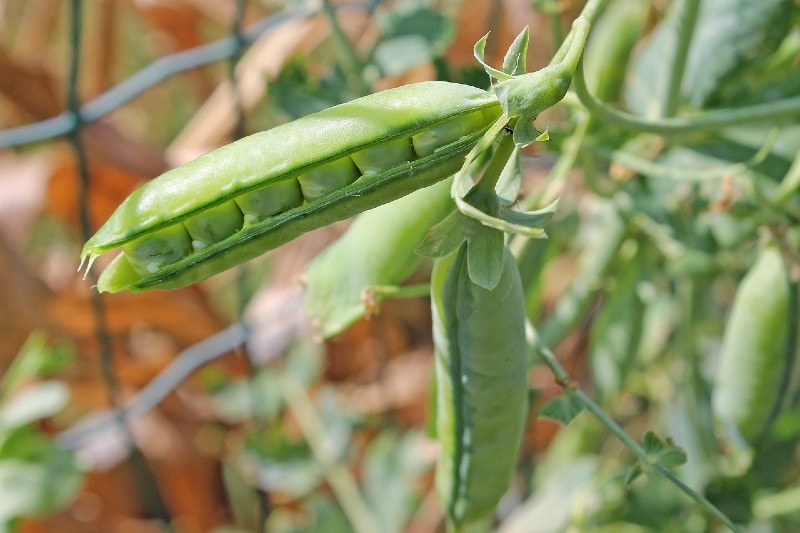
Wondering what companion plants to use with peas in your garden? Peas are one of the most popular vegetables to grow in home gardens. They are easy to grow, produce abundantly, have few pest problems, and provide fresh green veggies as soon as 55 days after planting.
Besides, they also taste great and complement almost every salad combination you can think of. However, there is one tricky thing when growing peas – they need nitrogen-rich soil to thrive. So, if you want to make sure your peas grow big and happy, read on for the best companion plants for peas that will give them all the nutrients they need.
The 5 Best Companion Plants for Peas
1. Corn
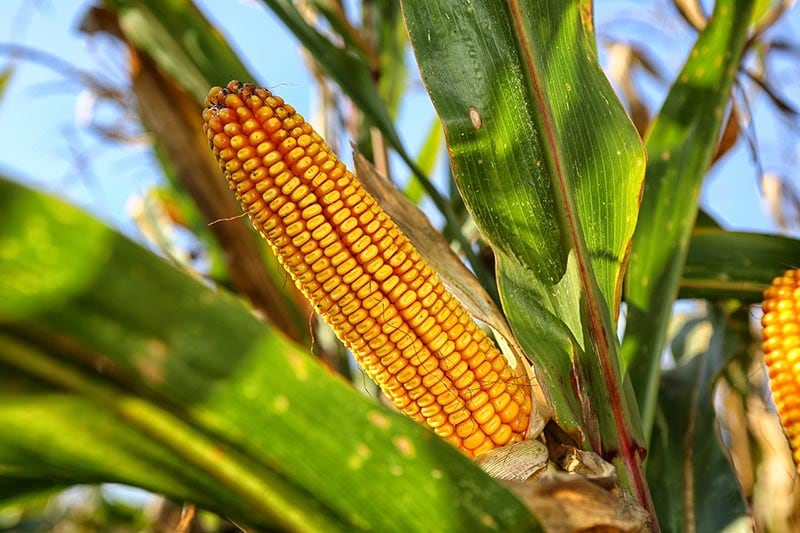
Corn and peas are great companions. Corn needs lots of nitrogen, and peas can provide this. In turn, peas can use the corn stalks as support. Planting your peas along with corn stalks can also deter pests, and the corn can help to keep weeds at bay. Other great companion plants for corn are peas, beans, and sunflowers. Corn is also a good companion for broccoli, carrots, cucumbers, lettuce, potatoes, squash, and tomatoes.
- Great for other plants as well
- Helps with weeds
- Needs lots of nitrogen
2. Eggplant
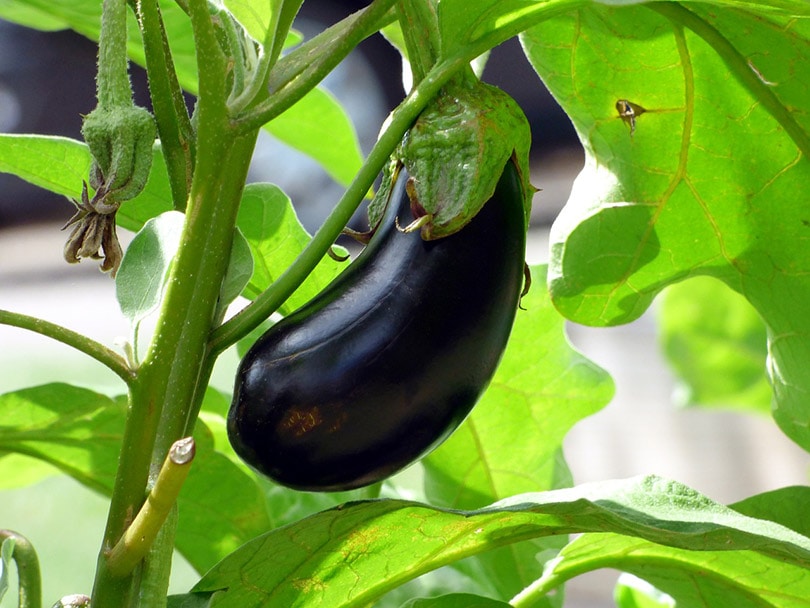
Eggplants are beautiful, delicious plants that are great for growing in a companion planting. They like warm soil, so they work well with peas, which also like warm soil. They are also a great companion for tomatoes, which are also a good companion for peas.
Eggplants are nutrient-rich plants that can help to enrich the soil and make it more efficient. They’re also a good trap crop that can be used to attract pests away from other plants, making them a useful companion for peas. Eggplants are a good companion for many other plants, including beans, cabbage, corn, cucumbers, melons, okra, peppers, potatoes, squash, and tomatoes.
- Grow abundantly in warm weather
- Works well with other plants
- Take up a lot of space
3. Sweet Peppers
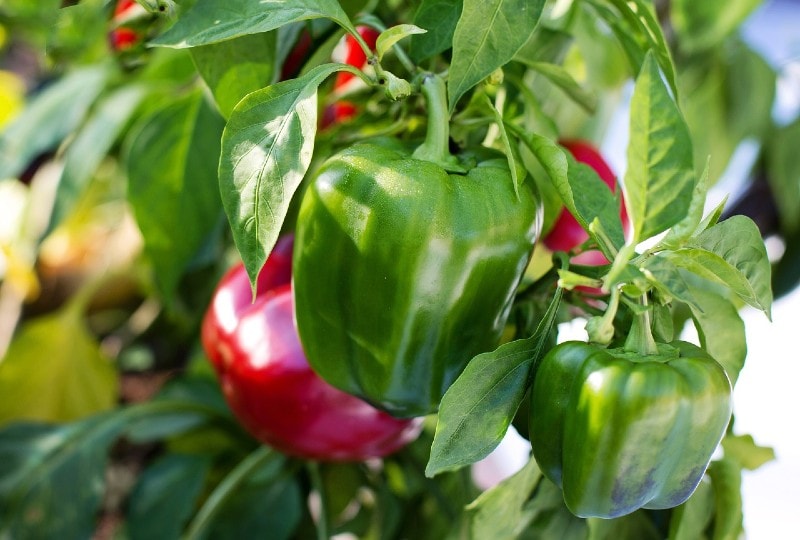
Sweet peppers are another great companion plant for peas. Peas are great for enriching the soil, and sweet peppers can use the nutrients from the soil. Sweet peppers are warm-weather plants that also like lots of sun. These peppers are also great for home chefs to love to add them to meals including dinners and salads. They also work well on their own either stuffed, grilled, or raw.
You can grow them with peas in a sunny garden bed. Peas and sweet peppers are also excellent companion plants for broccoli, eggplant, lettuce, potatoes, radishes, tomatoes, and melons.
- Easy to grow
- A favorite among gardeners
- Can be used for many dishes
- Can be expensive to plant
4. Beans
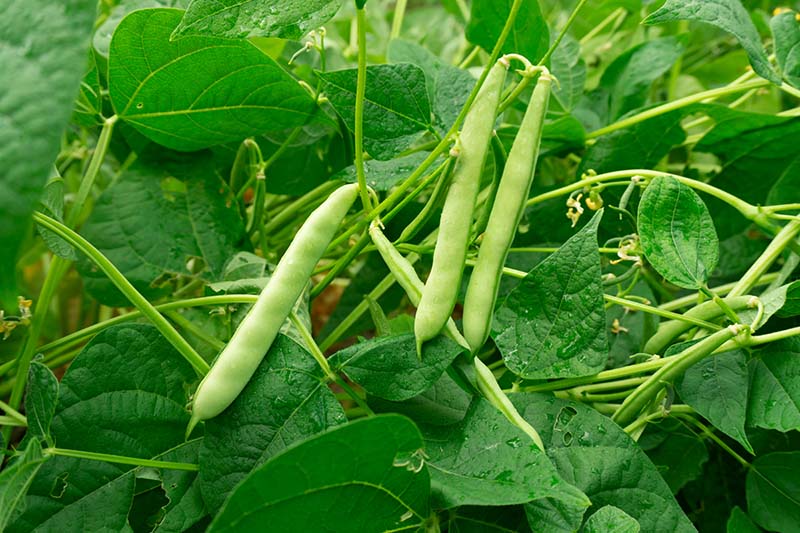
There are so many different kinds of beans, and most of them tend to grow well alongside peas. But the best companions for peas are bush beans, pole beans, and fava beans. You can also grow other types of beans with peas, but the harvest may be a bit smaller. Beans are great partners for growing with peas as they provide much-needed nitrogen in the soil.
Also, both beans and peas have similar growing conditions and are often sown together to make efficient use of space. Growing these two plants together also helps to keep pests away from both plants.
- Keep away plant pests
- Take up little space
- Great for cool and warm climates
- Plant branches can be invasive
5. Tomatoes
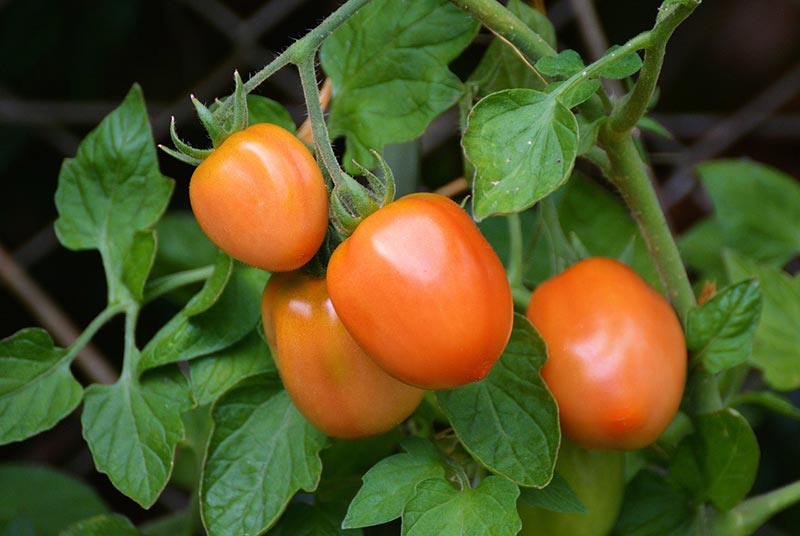
If you plant peas and tomatoes together, they will help each other to grow. Peas can give tomatoes a boost in nitrogen and tomatoes can give peas a boost in calcium. The best companion plants for tomatoes are peas and lettuce. Peas and tomatoes are also good companions for carrots, cucumbers, onions, and sweet peppers.
Tomatoes are a highly productive crop that’s economically profitable to grow. Many home gardeners love growing tomatoes because they’re nutritious. Tomatoes are high in vitamins A, K, and B3, as well as many trace minerals including manganese and potassium. And believe it or not, there are thousands of different tomato varieties for you to choose from.
- Improve soil nitrogen levels
- Great companion for other plants
- Limbs can be invasive
The Worst Companion Plants for Peas
While peas don’t really have any major plant enemies, there are certain plants that you should avoid growing with your peas, as they may hinder their growth and access to vital nutrients. So, here’s a list of the worst companion plants for peas.
1. Rhubarb
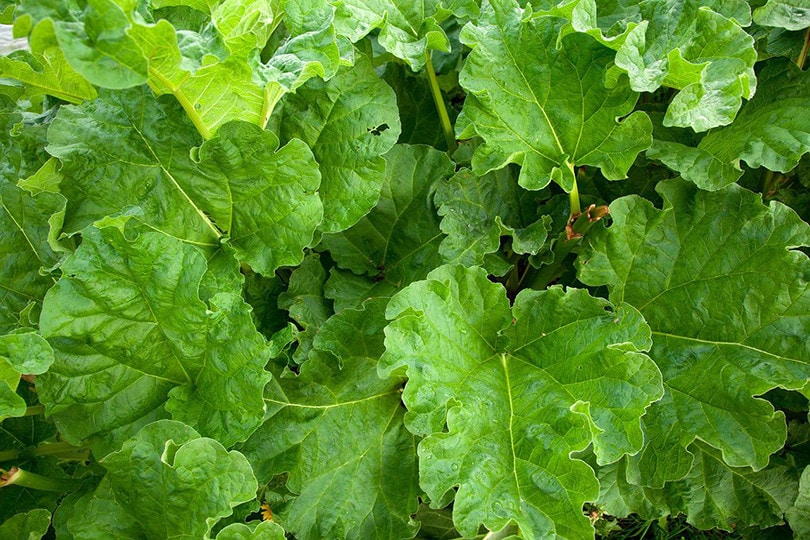
Rhubarb is not a terrible companion plant for peas. And you can successfully grow rhubarb with peas actually. But it’s not a good one either. The rhubarb stalks can take up a lot of space, so you’ll need to make sure you give them enough room to grow.
Rhubarb also has tap roots, which means it will take up a lot of nutrients from the soil, leaving your peas with fewer nutrients to grow. So, while you can plant this in your garden, you may want to ensure that it’s kept a considerable distance away from your peas.
2. Morning Glory
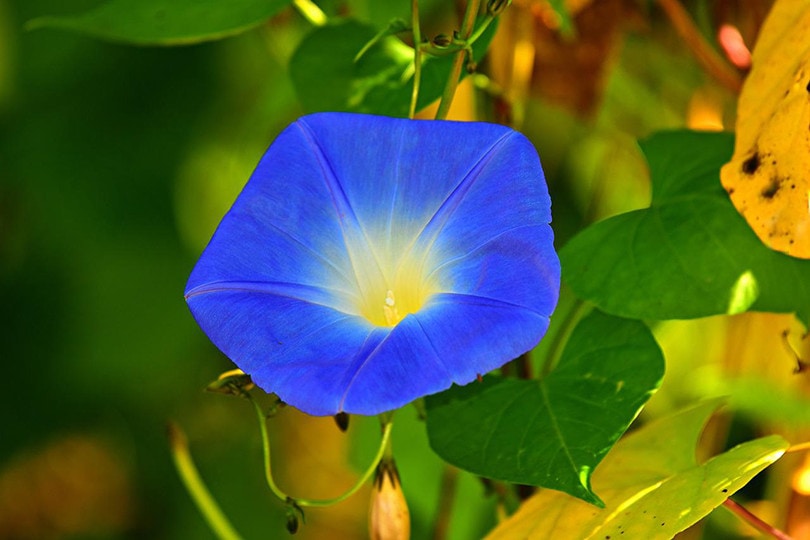
Morning is actually one of the worst companion plants for peas you can choose. The morning glory vine is very aggressive and can take over your entire garden, completely taking over your peas.
So, not only will you not get any peas, but you’ll have to contend with digging up this pesky vine from your soil. Morning glory vines grow very quickly and can overtake a pea plant in a matter of days. It’s best to keep this plant as far away from your peas as possible. Morning Glory is actually a plant that goes well with other invasive plants and it must be pruned regularly, or it will grow along the sides of your home or garden.
3. Tomatoes
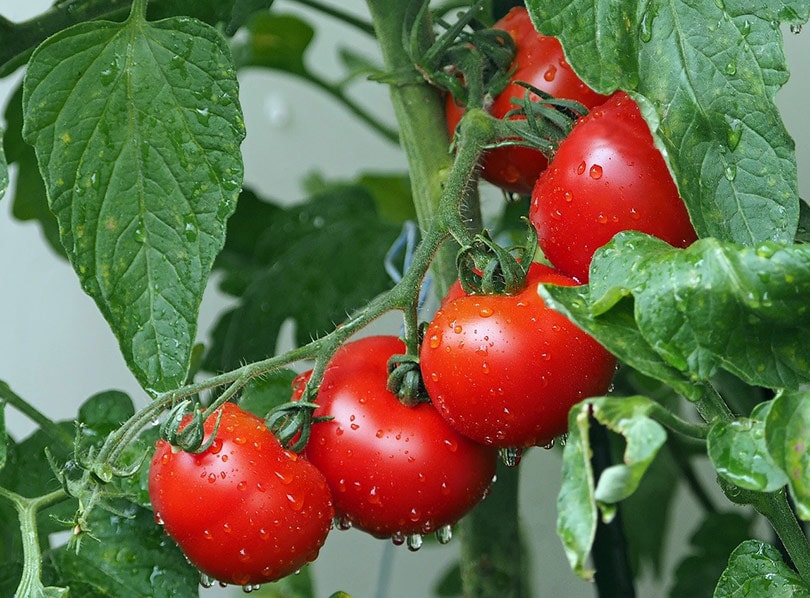
Yes, tomatoes can also be non-companion plants for your peas. There are a few things you should keep in mind when planting these two plants together. Tomatoes need a lot of water, but peas really don’t. So, if you don’t keep an eye on the water levels in your soil, you run the risk of both plants dying. It’s best to plant your tomatoes between your rows of peas to sort of even things out.
That way, they can’t overtake your peas and they can receive the water they need. Another thing to consider when growing tomatoes with your peas is that the tomatoes can affect the flavor of the peas. It’s not terrible, but it’s there. Just a little something to keep in mind when you’re working on your layout.
4. Strawberries

Strawberries make for a great garden plant, as they’re pretty versatile in the kitchen. But if you plant strawberries with your peas, they may overtake them. Strawberries are very invasive and can easily take over a bed of peas. They’re also very hard to get rid of once they’ve taken over, so be careful where you plant them. If you have enough room, you may be able to plant your strawberries and peas in separate areas of your garden. This way, they won’t cross-pollinate, and you can enjoy the fruits of both plants.
5. Dandelion
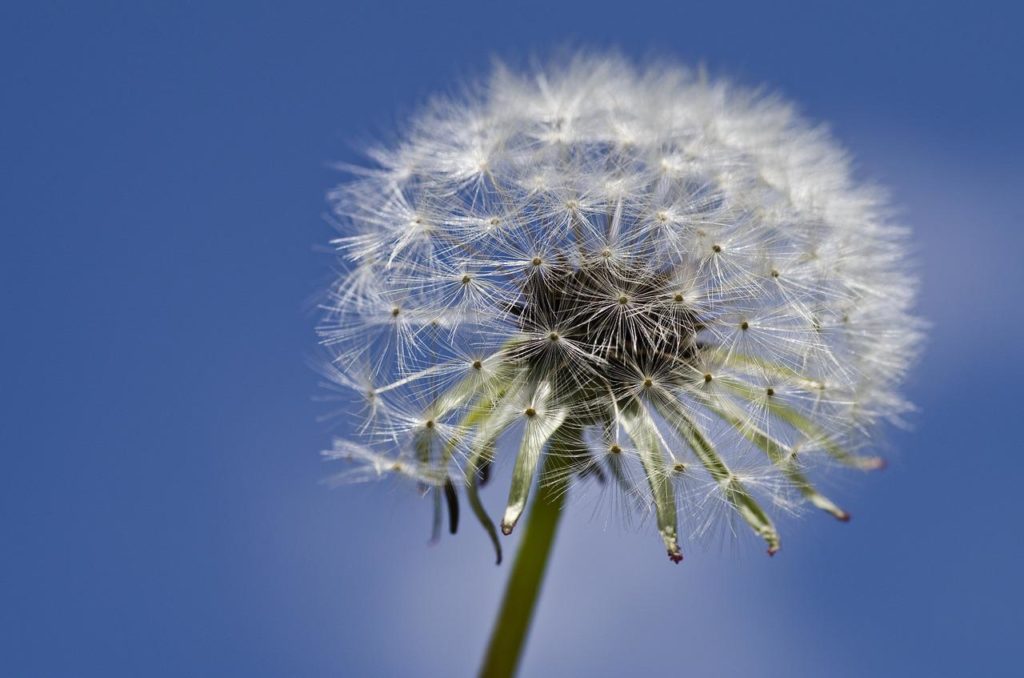
Dandelion is another invasive plant that can easily take over an entire garden. If you plant dandelions with your peas, you may hinder the growth of your peas completely.
Dandelions can easily and quickly suck up nearby water, nutrients, and air within the soil, leaving your precious piece defenseless. It’s also a fairly difficult plant to kill, so be careful where you plant it, or you may have a dandelion problem on your hands.
Wrapping Things Up
Peas are a good crop to grow in your garden as they are easy to maintain and are great for feeding other vegetable plants. You can use companion planting to maximize your gardening space. Make sure you plant companion plants that thrive in the same environment as your peas.
Now that you know what companion plants to use with peas, you’re ready to build an efficient, high-yield garden. You can use companion planting to maximize your gardening space, and you can use these plants to feed each other.
Featured Image Credit: CJ, Pixabay
Contents


